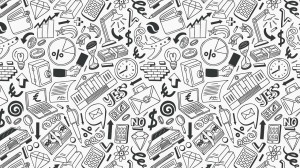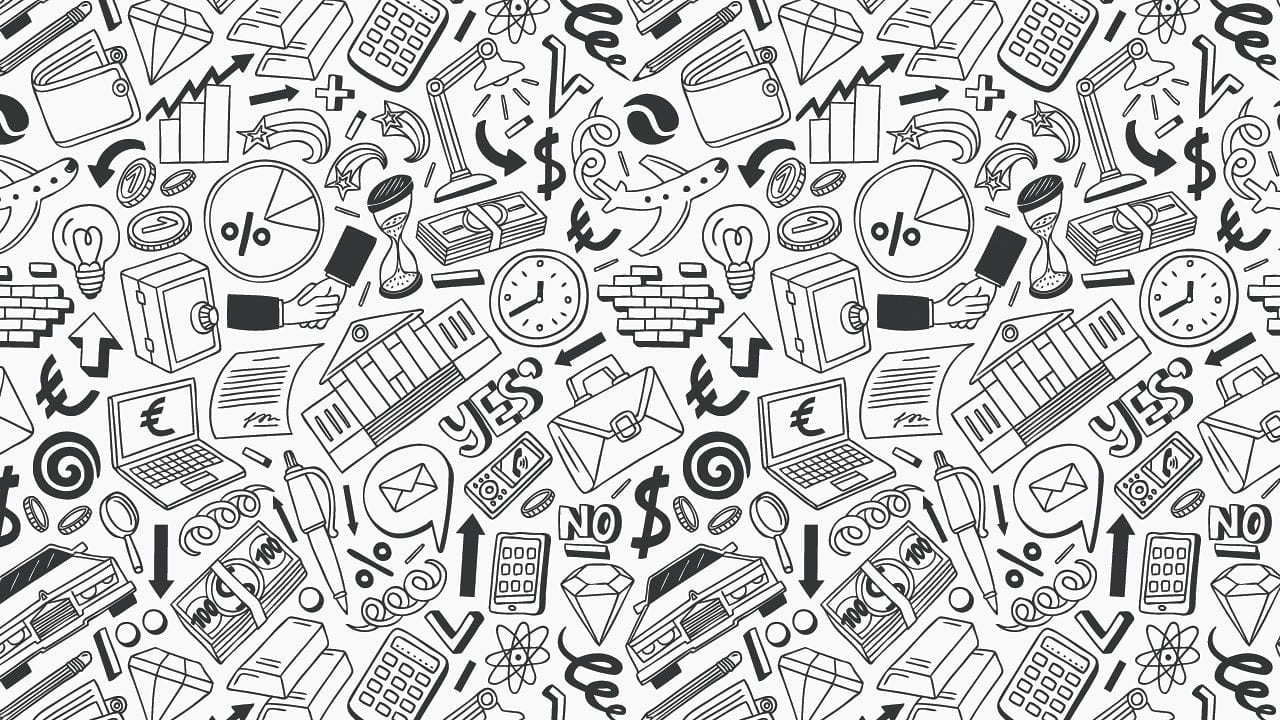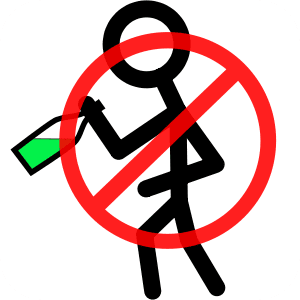
With more and more technology to help us work together, it turns out that a better solution for a future workplace might already exist–we just have to use our tech to get us there.
There is a fascinating thing happening in today’s world of work. Employees are drowning in technology, yet they want more and better devices and applications to do their jobs. At the same time, millennial workers, whom we all assume are the most enthusiastic about technology, are expressing a desire for more human, face-to-face interaction while also lobbying for more effective collaboration and productivity solutions. Organizations would be making a mistake if they overlook this “weak signal” of an emerging culture shift.
In the late 1960s, Dr. Ed Lindaman was the director of program planning for Apollo, working for North American Rockwell (formerly North American Aviation). In that role, he was responsible for combining the efforts of multiple work centers, contractors, NASA officials, and Rockwell people. He used to tell the story of how critical a rudimentary form of teleconferencing–communicating via television and telephone feeds–was in keeping that fast-paced and high-stakes project on track and on time. Since the people involved were spread all over the country, it could not have been done without teleconferencing.
Such early experiences with teleconferencing, and the subsequent development of the personal computer, computer networks, then the Internet, the cell phone and, finally, the World Wide Web, all took us into the 1990s in a very advanced mind-set about the future of work. “In the future, we will travel to get together, but not to do most basic work,” said cell phone pioneer Craig McCaw at a teleconferencing conference in Seattle in the mid-1990s.
Fast-forward to early 2013. Yahoo CEO Marissa Mayer shocks the business world by announcing that she was ending a policy that allowed a high level of remote work at Yahoo, asking people to come to the office instead. As she explained in an interview shortly after:
“When you look at things like the Yahoo! Weather app, that wouldn’t have happened if those two people hadn’t run into each other,” she said. “You needed someone from Flickr to say, ‘Hey, I’ve got these geo-tagged photos, and I know where these photos were taken and we can probably detect whether or not there [are] faces in them or whether they’re a scene’ and them running into someone from Weather who says, ‘Hey, could we make our app more beautiful?'”
“I sort of call it the Reese’s Peanut Butter Cups effect,” she added. “The chocolate and peanut butter taste great together, but that only happens when people really say, ‘What happens when we combine these things?'”
Go deeper with Bing News on:
Future Of Collaboration
- 14-year-old midfielder claims future Man City 'collaboration' is behind MLS record deal
A future 'collaboration' between Manchester City and Philadelphia Union is behind a record MLS contract, according to the youngster at the centre of the deal.
- Framing the Future 2030: Shaping the Future of Public Health, A Podcast Conversation
Late last month, on Mongoose’s FYI podcast, which focuses on higher education, our Framing the Future 2030: Education for Public Health initiative was featured. Host Gil Rogers sat down with ...
- North Texas-Based Mavenir and Amazon Partner to Shape the Future of Telecom Networks with Cloud Technology on AWS
The move will harness the "high availability, scalability, and security capabilities" of AWS services to create a new telco-grade deployment model, the companies said. The new model aims to transform ...
- Unlocking marketing success through collaboration
Here are a few tips for unlocking the myriad benefits that come with collaboration built on trust and transparency.
- Navigating The Future Of Technology In Banking: Insights And Innovations
I'll share insights from a recent corporate banking modernization panel I had the pleasure of joining, highlighting the pivotal areas where technology not only addresses current challenges but also ...
Go deeper with Google Headlines on:
Future Of Collaboration
[google_news title=”” keyword=”Future Of Collaboration” num_posts=”5″ blurb_length=”0″ show_thumb=”left”]
Go deeper with Bing News on:
Collaboration
- Camila Cabello & Lil Nas X Team Up for High-Energy Collaboration ‘He Knows’: Stream It Now
Camila Cabello knows what makes a good pop song, and that’s why she called on Lil Nas X for her newest track, “He Knows,” which arrived on Friday (May 10). Earlier in the week, the duo were seen ...
- Travis Scott Hints At A Kanye West Collaboration Ahead Of ‘Vultures 2’
Earlier today (May 9), rapper Travis Scott shared a snippet of a new track to his Instagram story. The short clip features a smooth, cinematic instrumental, with vocals and adlibs by both Scott and Ye ...
- Care home and nursery collaboration keeps family recipes alive
Traditional recipes have been saved from being forgotten after a nursery joined forces with a care home. Cuttlebrook Hall teamed up with Roots For Life Nursery, both in Thame, as part of a national ...
- Ten fugitives targeted by U.S., Sonoran law enforcement collaboration
Arizona and Sonoran officials are asking for the public's help in tracking down 10 criminal targets, including five U.S. citizens, who are fugitives in Mexico associated with binational criminal ...
- Lana Del Rey & Quavo Share a Snippet of a Possible Upcoming Collaboration
Looks like Lana Del Rey and Quavo may have been spending some quality time in the studio together. The unexpected duo surprised fans by teasing what appears to be an upcoming collaboration, sharing a ...
Go deeper with Google Headlines on:
Collaboration
[google_news title=”” keyword=”collaboration” num_posts=”5″ blurb_length=”0″ show_thumb=”left”]










